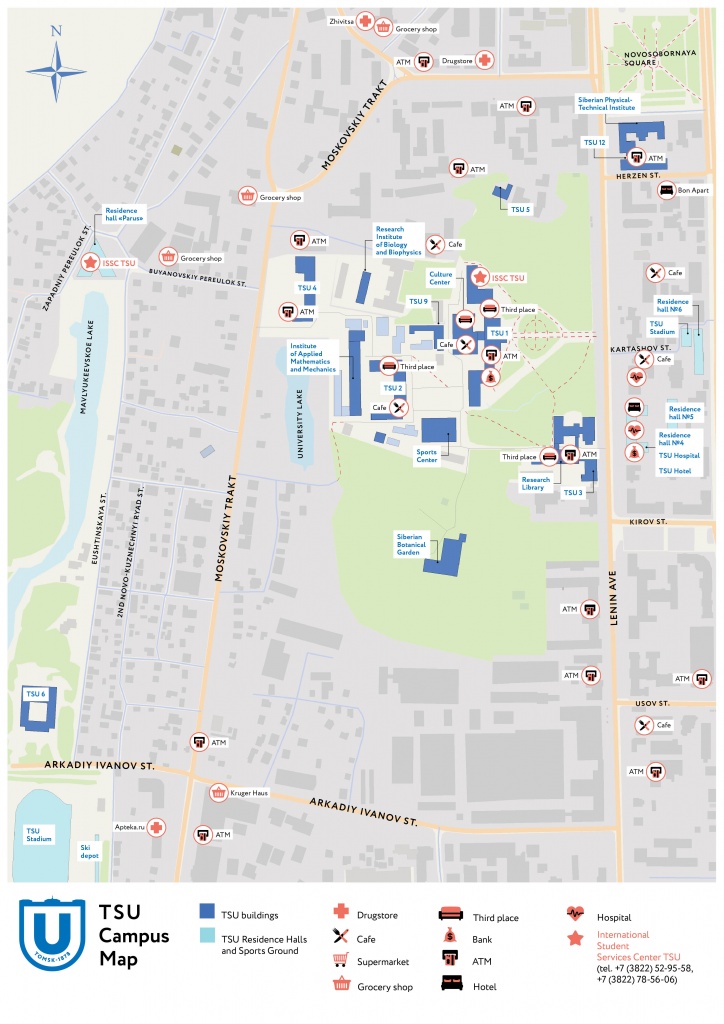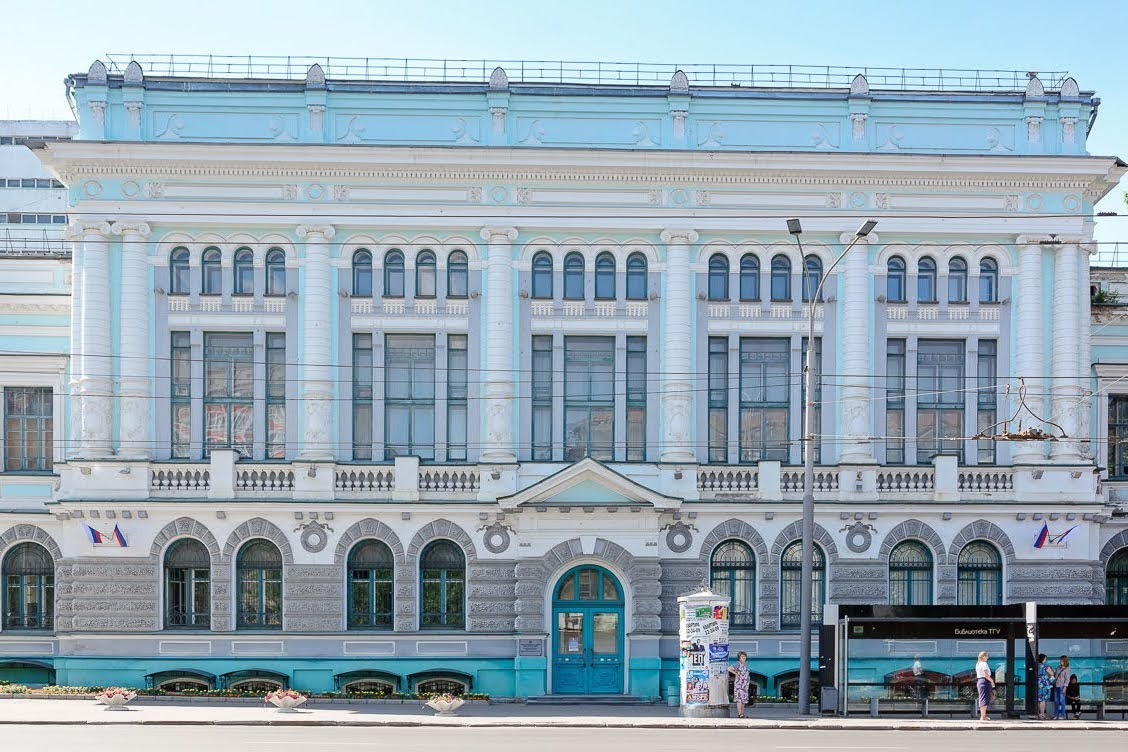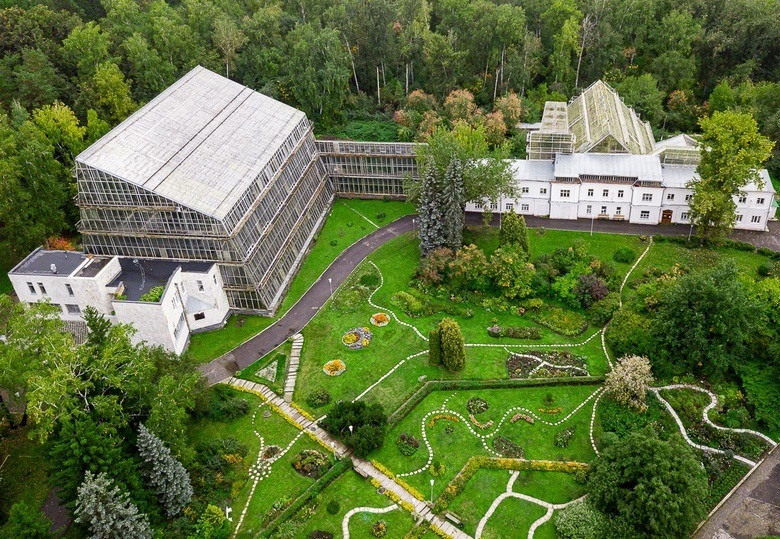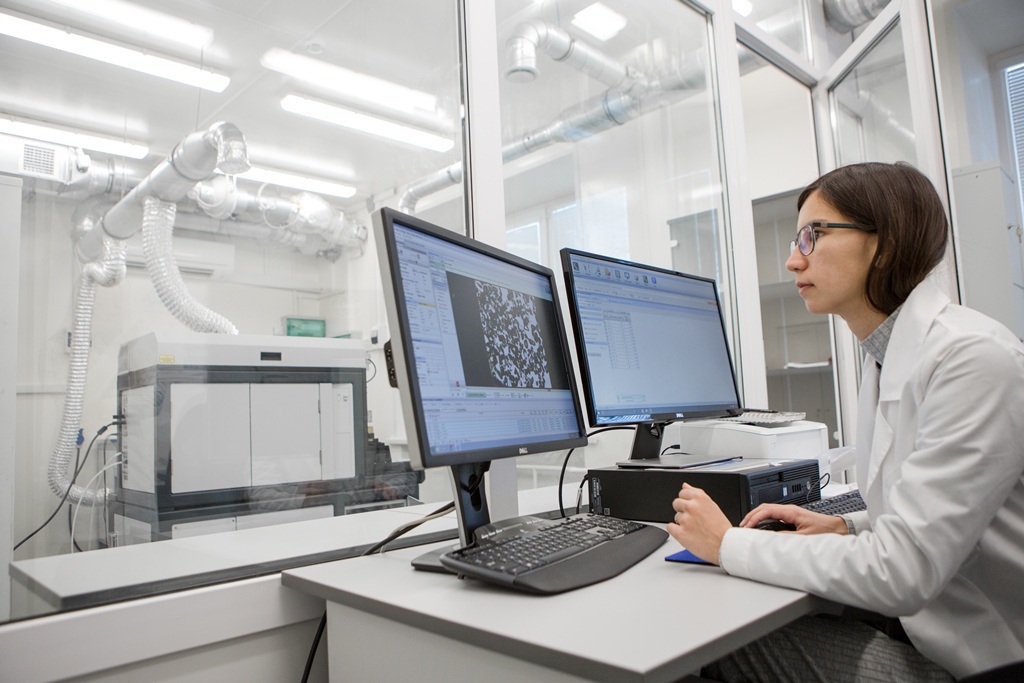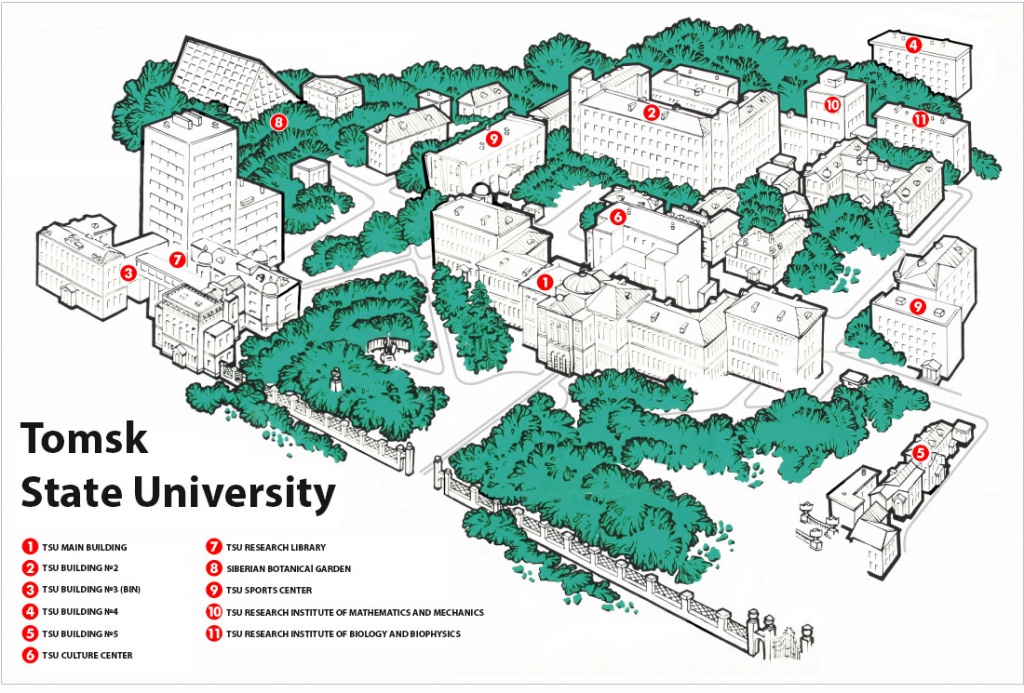The museums of Tomsk State University were established mainly toward the end of the 19th century and are now integral parts of the scientific and educational process. The majority of the university museums and herbarium were set up before the university itself was opened. The exhibits of all museums are used in the academic process as visual aids to various courses and for the enlightenment of students and city residents.
Museum of the History of Tomsk State University
This museum familiarizes its visitors with the main stages in the history of TSU, beginning with the founding of the University by Emperor Alexander II on May 16, 1878. It also gives examples of educational, research, cultural, and social facts about TSU activities over the past 125 years. The display consists of six sections comprising over a thousand exhibits.
Museum of Archeology and Ethnography
The exhibits of this museum, founded in 1882, illustrate all aspects of the life of Tomsk residents for over 140,000 years, starting from the Stone Age to the traditional cultures of Native Siberian peoples.
Museum of Zoology
The museum was established in 1885. The collections contain exhibits of 588 bird species, including 60% of those entered in the Red Book; more than 150 species of mammals; and a great number of invertebrate animals.
Museum of Mineralogy
The museum, founded in 1888, includes over 50,000 items. Thematic exhibitions are organized on a regular basis, with a separate display devoted to the mineral resources of the Tomsk Region.
Museum of Paleontology
The holdings of this museum, which was set up in 1888, consist of 7 training and over 100 research collections, totaling about 2 million catalogued items.
Herbarium
The Herbarium was opened in 1885. It is ranked third in Russia and the first in Siberia owing to the richness and research value of its collection. Today it includes 500,000 plants and 12 thematic research divisions.
Museum of the History of Physics
This museum contains over a thousand appliances, a very rich archive, and thousands of photos. Some exhibits of the museum are appliances brought to Tomsk by the first TSU Rector N. Gesehous in 1888.
